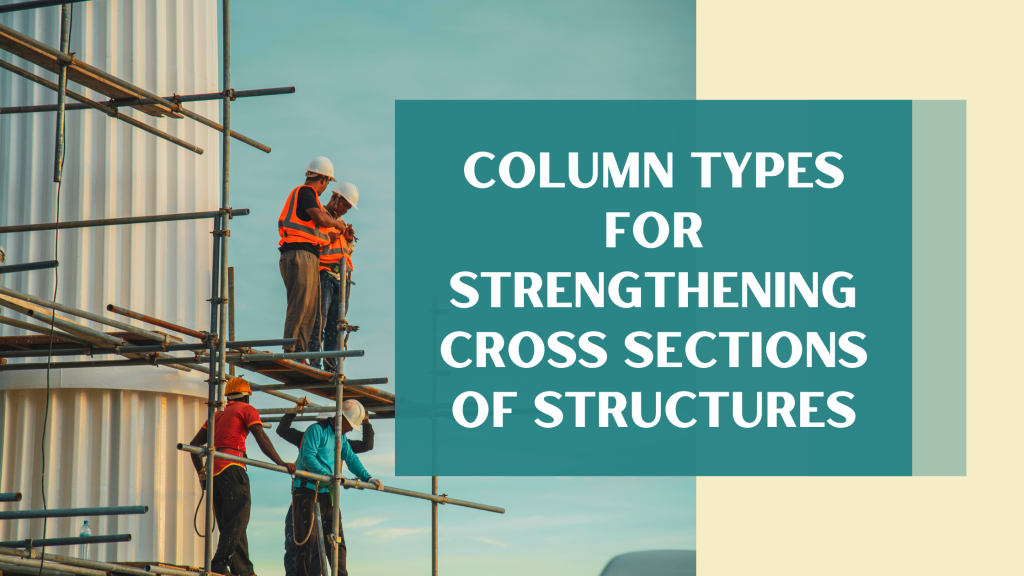
Columns are rigid vertical structural components that support and transfer axial compressive loads from beams and slabs to the ground via footings. Columns carry the various loads created in a structure to footings, and footings carry the loads to the soil. As a result, the column plays an important role in the overall load transfer mechanism, and the structure would be incomplete without it. Today, we will focus on the types of columns that are used by structural engineers in Brisbane and elsewhere to strengthen the cross-section of the structures:
Circular Column:
The aesthetically appealing circular column is often seen in most structures. Circular columns are commonly used in piling and construction elevation for aesthetic reasons. Since a circular column has more than four longitudinal steel bars as a reinforcement bar, it is more bending resistant than a square or rectangular column.
Square Column:
They are frequently used in the building of structures by engineers in Brisbane or elsewhere. The square columns are easier to design and cast than circular ones due to the ease of shuttering and supporting it from collapsing due to pressure while the concrete is still in liquid condition. Superior and less expensive options are square types.
Y-Shaped Column:
These kinds of columns are typically used in bridge construction by structural engineers in Brisbane. The load was then transferred to the column from the bridge, which was built to support both the structure’s dead weight and the live load of moving vehicles.
L or T Shaped Column:
Usually used in the corners of the boundary wall, the L-shaped column resembles a rectangular or square column. To fulfil the requirements of the structural design, a T-shaped column is used. This is why structural engineers frequently used it when building bridges in Brisbane or anywhere else in the globe.
These are a few of the well-known column types that structural engineers frequently use to strengthen a structure. By supporting the structure’s dead and live weights, these columns keep it safe and operational.

